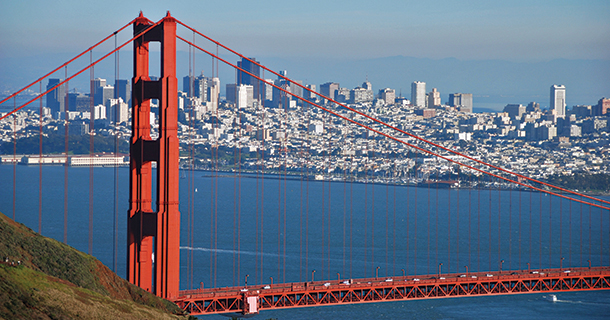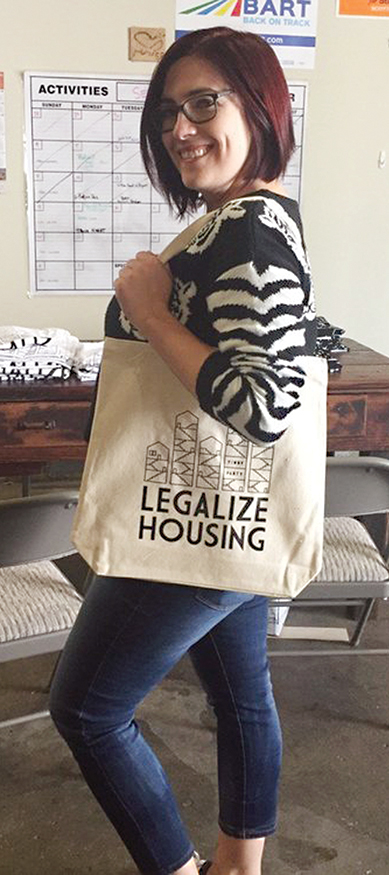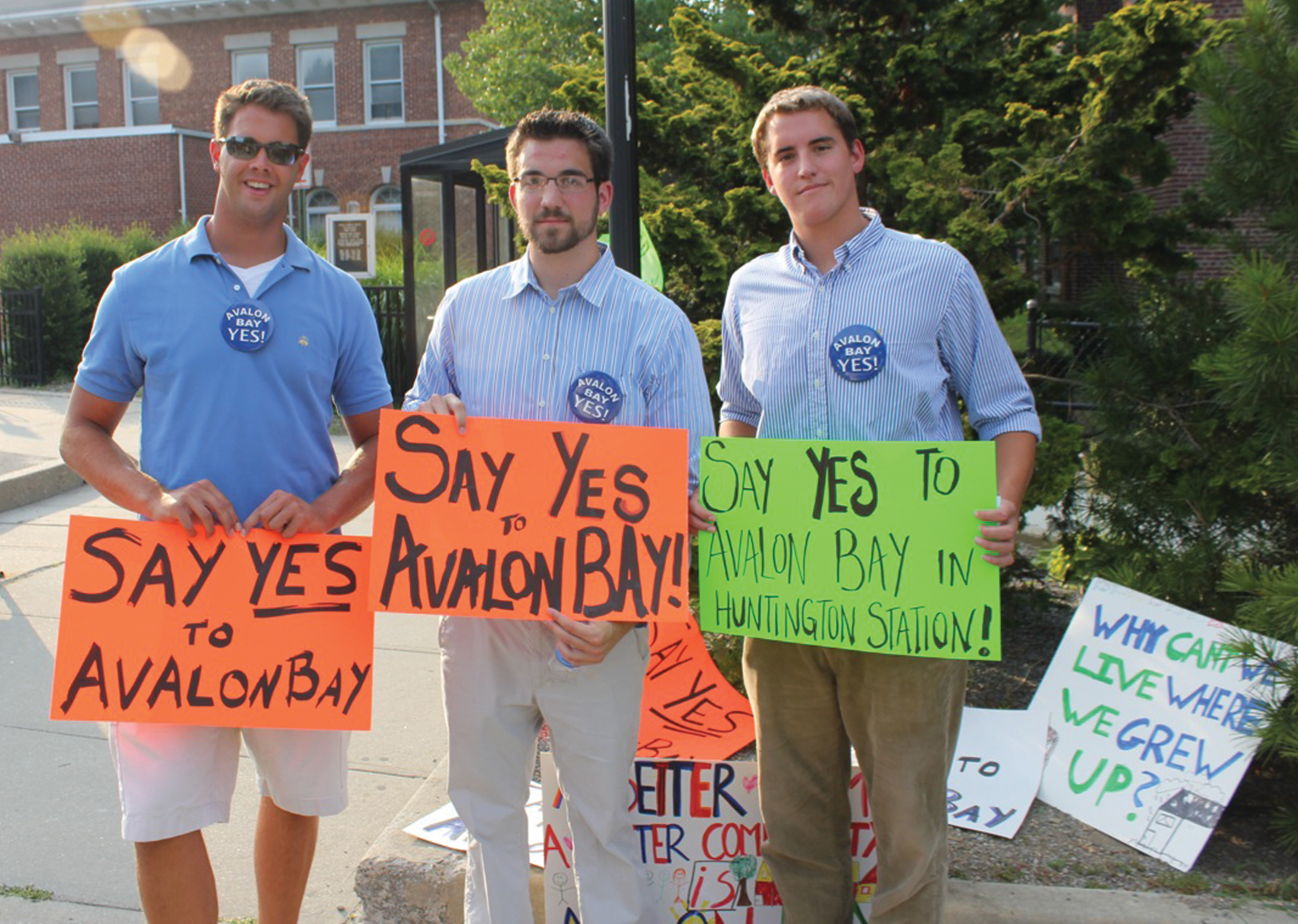
The ones currently doing the kicking are the YIMBYs, a loosely allied collection of pro-development housing advocates whose name plays on the acronym NIMBY (“Not In My Backyard”), replacing the “Not” with an emphatic “Yes.” If we want to rein in skyrocketing living costs in cities like San Francisco, Seattle, Denver, Portland, and Austin, YIMBYs believe that higher-density cities aren’t just an acceptable future, but an essential one.
These urban activists share a few basic assertions: Housing costs are primarily a supply issue, density equals livability, vitality, and lower environmental impact, and solving the crisis means more development, now.
This puts YIMBYs in a complicated political position. Affordable-housing advocates traditionally cast private developers as the enemy, disparaging them at neighborhood association meetings and in the comments of local online media.
The “greedy developer” narrative resonates because it resembles a class struggle: A disenfranchised minority is being displaced or denied access to property, so the villain must be the business that stands to make a profit. In this narrative, the solution is generally “affordable housing,” a nebulous term which often translates to some combination of tenant protections and government-built or -subsidized projects, funded by taxes.
The YIMBY approach doesn’t oppose subsidized housing, but it does deem it insufficient. They argue that any viable solution must include an expansion of private, in addition to public, development.

“Without a massive building program, things like rent control only go halfway,” says Sonja Trauss, co-founder of the SFYIMBY Party, an extremely active YIMBY group in San Francisco. “You can control prices, but if you have a shortage, then your high prices just become waiting lists and lotteries.”
YIMBY groups tend to advocate for expanded tenant’s rights, inclusionary zoning, and housing subsidies. But they also show up to the meetings where residents are shouting down developers, where they voice support for just about anything that increases density.
Pro-public developers point toward other countries as examples to follow, but these nations have radically different economies than that of the U.S.
For example, public housing is a primary tool for managing growing population in Singapore, where 80 percent of the population lives in government-built high-rises, and Denmark, where housing access is a guaranteed right. However, Singapore is effectively a one-party state composed of a single city, with enough tariff revenue to fund never-ending construction, while Denmark is a democratic socialist nation with paltry immigration and a 45 percent average income tax rate.
Lacking a powerful centralized government or a population willing to trust the state with half their income, America has typically used public housing as a last resort—and a contentious one at that. Public housing is an uncommon and much less aspirational living situation for most Americans (just 2.2 million live in government-built housing), and generally costs too much to get too little.
Part of the YIMBYs’ challenge is helping the public overcome the idea that low-density living is fundamentally “better.” While New York, Chicago, and other older cities have traditions of aspirational apartment living, places like Portland and Seattle built their dreams on wide-open spaces and single-family homes, porches and back yards included.
But that’s been changing. Younger, more affluent Americans in particular, those raised on suburban sprawl and car-induced isolation, began to embrace denser urban living (though not necessarily downtown). To them, dense urban living is a pathway to a more diverse, socially active, and environmentally sensible lifestyle.
For a generation weaned on digital connectivity and multiculturalism, the walkable neighborhood is the new white picket fence. As educated 20- and 30-somethings embrace cities and job opportunities, it’s unsurprising that they’ve begun tackling the problem of there being too many of them, and not enough apartments.
YIMBY activists tend to skew young and educated, since they’re the ones most impacted by the housing crisis. There are non-millennials fighting the YIMBY fight too, but they tend to have some skin in the game: parents whose kids are dealing with an impacted housing market, for example, or business owners whose employees can’t find a place to live.
Most developers are ambivalent about the movement, opting to overcome opposition through familiarity with local planning agencies and a steady stream of campaign contributions.
Tim Colen, former executive director of the San Francisco Housing Action Coalition (SFHAC), describes the typical developer as politically averse and more interested in building projects and growing their business than any specific civic agenda. SFYIMBY, for their part, receives no money from developers.
Still, the rise of YIMBYism has been a surprising shift for developers. “It used to be that we would show up at a planning commission hearing and solely have opposition—typical NIMBY folks—so it’s nice to have some support,” says Zac Shore of Panoramic Interests, a development firm that builds middle-income, mostly infill housing projects in the Bay Area.

Even with such noble intentions, though, Panoramic’s obstacles are legion, from lengthy permitting processes and skeptical banks to protective labor unions and antagonistic neighbors. One attempt to streamline the approvals process—a major expense for most developments—recently failed in California, despite being explicitly designed to encourage affordable and transit-friendly housing.
With only 2,000 people on their email list and around 5,000 Twitter followers, SFYIMBY is hardly an activism juggernaut, but they’re a constant presence in places where it matters. Colen points to the group’s social-media savvy, policy familiarity, and willingness to actually show up and speak out at meetings as something that sets it apart from others in the fray.
It’s too early to pinpoint the exact impact of YIMBY activists on development in their respective cities, much less affordability, but they’ve undoubtedly changed the conversation. The movement’s greatest effect in the long term might simply be advancing the idea that it’s OK to like density, and that this preference is actually the more humane.
Raised in a de-suburbanizing America, the millennials who form the YIMBY backbone could be the ones who finally make allies of developers and shift the American vision of what a successful city looks like.
Author: Carl Alviani











